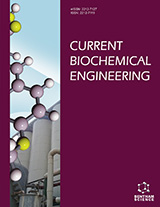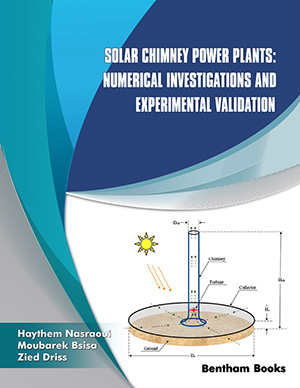Abstract
The purpose of this paper is to empower the scientific and technological community with the knowledge to identify and define key concepts of fire modeling and to develop the ability to apply the CFD (Computer Fluid Dynamics) tools to fire investigation and prevention using basic mathematical models. Combustion, thermal radiation, turbulence, fluid dynamics, and other physical and chemical processes all contribute to the complexity of fire processes. Flame shape, plume behavior, combustion product diffusion, and thermal radiation effects on neighboring objects can all be modeled with Large Eddy Simulation (LES) software. This paper uses many small and large-scale case studies under various boundary conditions to demonstrate the strength of the Fire Dynamics Simulator (FDS), an LES code established by the National Institute of Standards and Technology (NIST).
Keywords: CFD, Fire scenario, LES, Modeling, Overview, Various scales.






















